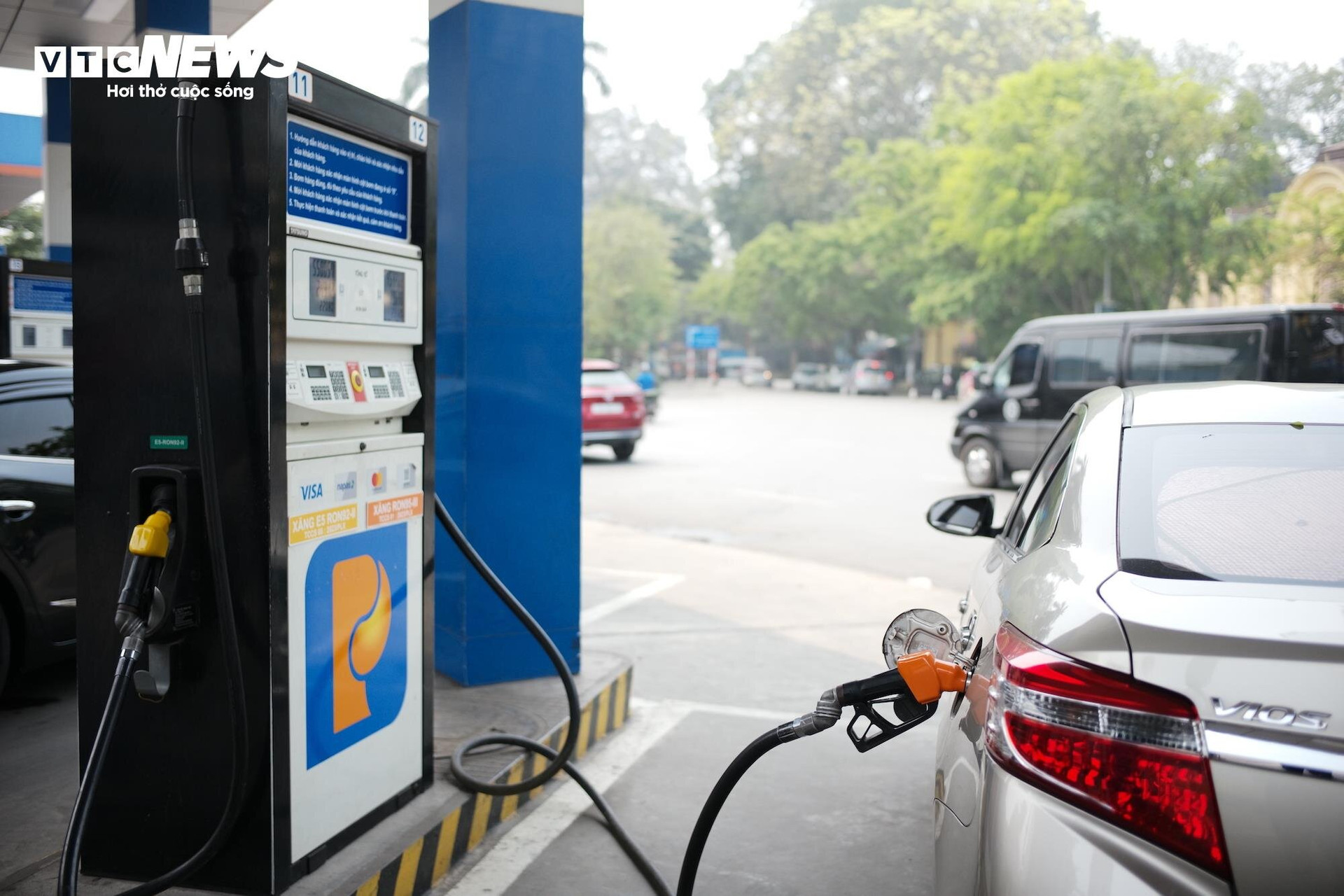In fact, the fuel consumption of cars is always higher than the level announced by the manufacturers.

In fact, the fuel consumption of cars is always higher than the announced level of the manufacturers.
Some vehicle parameters are often posted on the window or in the catalogue to help users easily see and compare energy consumption between different vehicle models and between actual consumption and the consumption provided by the manufacturer.
However, these numbers will only be correct when the vehicle is used properly under standard conditions of stable temperature, good weather, the vehicle is less affected by surrounding resistance... This number is often inaccurate when comparing actual vehicle operation in different climate and terrain conditions.
In fact, the fuel consumption of cars is always higher than the level announced by the manufacturers.
How to calculate actual fuel consumption
The actual fuel consumption of a car for the distance traveled is calculated as follows:T=A/(C – B)* 100. (This program gives the fuel consumption result in 100km).
In there:
T: Fuel consumption in 100km
A: The amount of gasoline filled the second time in liters
B: Number of kilometers recorded when first refueling
C: Number of kilometers only when refueling for the second time
The actual distance traveled is the number of kilometers from the first refueling to the second refueling. In other words, it is the difference in kilometers between two refuelings.
For example: A = 35 liters of gasoline, B = 3,000 km, C = 3,500 km. We have the following vehicle consumption rate: (35/ (3500- 3000))* 100 = 7 liters.
However, the above formula is for reference only for cars. For trucks and buses, there will be different calculation methods, including: basic rate for a trip, weight allowance, different fuel allowances for parking...
According to VTC News